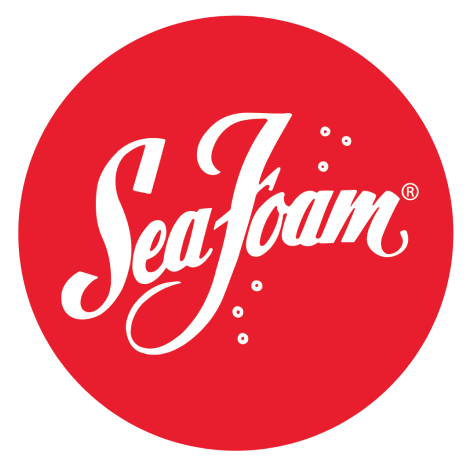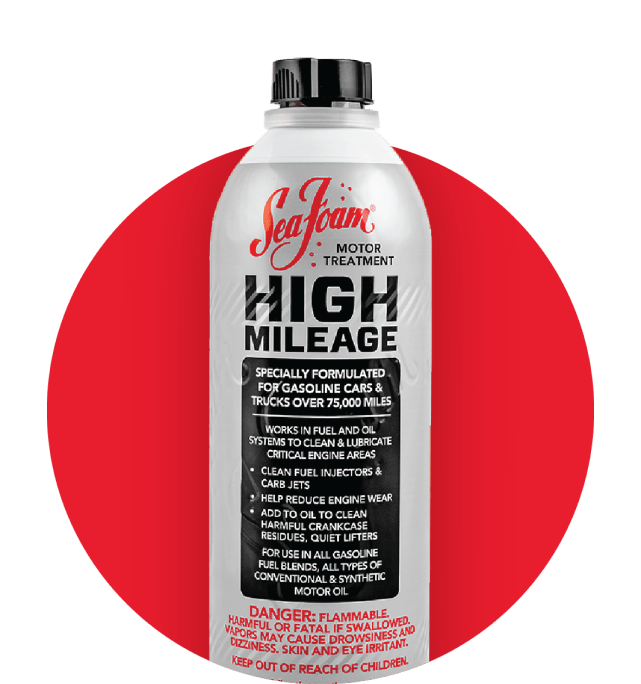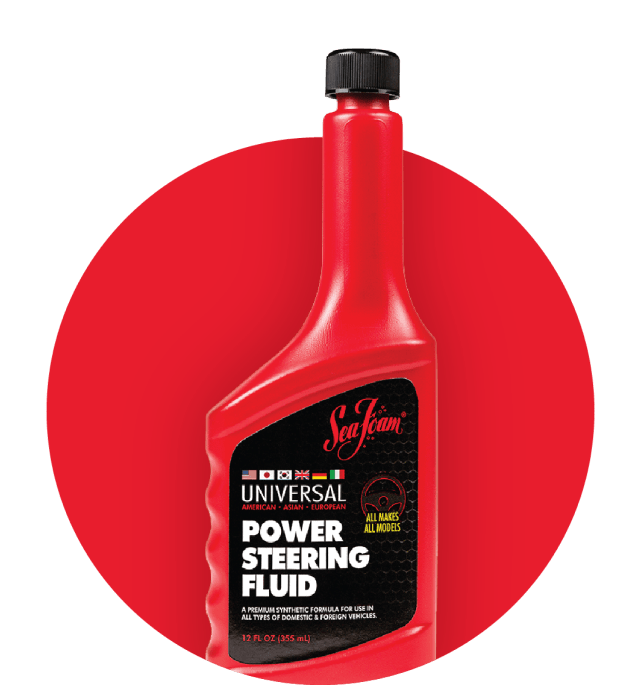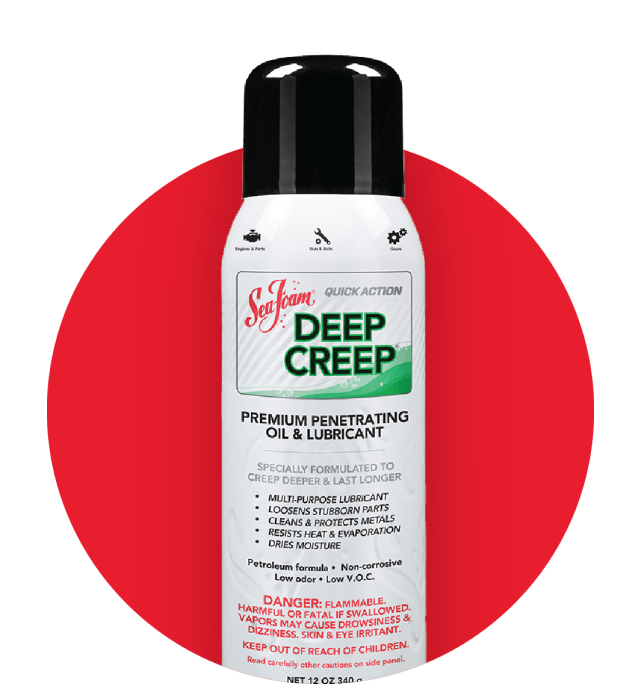HOW TO PREVENT (OR FIX) BOAT MOTOR PROBLEMS
Marine engines, just like the engine in your car or truck, require routine maintenance to run properly.
And the engine on your boat likely doesn’t run nearly as frequently as your car or truck engine, making it more susceptible to a bunch of issues that can cause frustration when it’s time to hit the lake.
But fear not — with a little know-how, you can keep boat engine issues at bay, and focus on enjoying your time on the water.
MARINE ENGINE
MAINTENANCE
A marine engine can suffer from a wide range of problems, just like an automotive engine.
The root of those problems is generally the same as well: fuel, air, and spark. If your battery wasn’t charged during storage, it might be dead (spark), you might have the bad luck of finding a mouse nest in your intake (air), or old gas might have wreaked havoc on your fuel system.
These are just a few examples. Let’s look at the most common engine symptoms you might experience, what they mean, and what you can do to prevent or fix them.
If your boat’s engine is running rough — sputtering, surging, or losing power — it’s likely you have a fuel system issue. A clogged fuel filter is a common culprit. It’s a good idea to check your fuel filter before heading out and to carry an extra one with you in case you need to change it on the water. An obstructed fuel injector or carburetor jet could also cause these problems. Or, you might have a dirty air filter.
It’s possible that a loss of compression from a more significant mechanical failure is to blame for your rough-running engine, but it’s best to check the simple things before tearing into your engine or calling your mechanic.
Unlike automotive engines, boat engines most commonly use the water they’re floating on for cooling. If an intake port is clogged, water won’t be able to circulate and your engine will get too hot, leading to failure. Check for weeds or other debris in your cooling ports. If they are clean, you might have a loose or cracked cooling hose.
why and how to use marine pro
When added to fuel, it works through fuel injectors and carburetors to safely remove harmful engine residues and deposits from fuel passageways, intake valves, pistons and chamber areas. A cleaner marine engine will start faster, run smoother, and last longer!
#seafoamworks
related
products
For motors of all shapes and sizes.



